CARAVAGGIO – LA CAPPELLA CONTARELLI | ROME
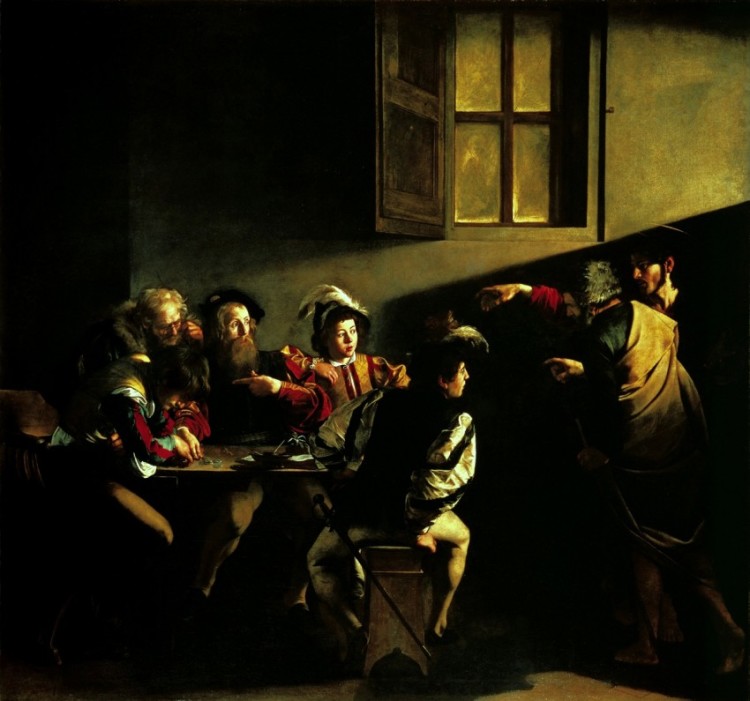
Text by Vittoria Biasi – All Texts are 1F mediaproject copyright. All Rights Reserved.
For the quatercentenary celebrations of the death-day of Caravaggio (1611), the Soprintendenza speciale per il Polo Museale directed by Rossella Vodret together with the National Committee for the celebrations of Caravaggio have started a study upon the techniques of painting of his works held into San Luigi dei Francesi’s at Rome.
The results of the study have been presented by Marco Cardinali in his book CARAVAGGIO. La Cappella Contarelli (Contarelli’s chapel) (Rome, 2011, Munus) attended by Maria Beatrice De Ruggeri.
For the celebrations of the Holy Year during 1600, Caravaggio was entrusted with the cycle of studies about St Mathew’s figure. It is held onto the Cappella Contarelli, the last one on the left aisle stepping into San Luigi dei Francesi (St Louis of the French). On the altar we find St Mathew’s inspiration, his Martyrdom on the right side and his Vocation on the left. The diagnostic investigations of the works by means of the innovative technology such as the digital radiography allowed to know for certain the Caravaggio’s large and unpredictable world. The superintendent Rossella Vodret outlines a route of reflections and researches around the points considered fundamental.
The microphotographic documentation and other surveys permit to recognize the usage of “engravings, lack of drawings, primitive execution of whitening preparatory roughs, the proper distribution of light and shadows since the earlier phase of the work, at times existence of fundamental compositional changes, for some important parts, execution of a schematic layout by brush in order to fix the work (the ears for example), existence of economy outlines among the paintings of the backgrounds, frequent enlargements or reductions of the figures, construction in succession of the compositional elements following an ascending progression, from the bottom to the foreground, quick execution due to the habit of copying from life”.
The investigation has confirmed the usage of calliper compasses by means of which Caravaggio drew dispositive lines of light/shadow and figures. A paper dated 03 may 1598 confirms that the painter was stopped by guards within Piazza Navona and Piazza Madama as he was walking with the sword and a “paro de compassi” (a pair of callipers); perhaps they were considered as weapons. This book is rich of documentation about the different surveys.
The Cappella Contarelli has been the object of diagnostic tests during the years 1951 and 1966, well documented by the contribution of Marco Cardinali and Maria Beatrice De Ruggeri. The integrated reading of the new radiographies and reflectometries revealed structures swallowed into chromatic darkness, the look and the expressions of the face, the drawing up of the carnation executed by veils. The pictures bring back the graphitization of the compositions and of the overlappings. The dark backgrounds hide the structures or the portion of bodies that seem to emerge from the darkness. In such a way it is fascinating the graphic representation of St Mathew’s engraving where we can see the angel’s sketched legs that have been wrapped into the full tones of the white and dark. The arrangement of the figures in circle reveals the attention towards the harmonized balances and the tables 118, 119, 120 show in a numerical succession, the points of study containing the secret of the light score and of the figures’ harmonious composition with their circumferential perfection. The book continues with the history and the problems of the preservation which are often dependent on the usage of some materials and of the umber, Caravaggio’s privileged pigment. Giulia Silvia Ghia makes the history of the colour and of the loss of transparency in the lacs and of the change among the chromatic balances. In a row, Filippo Camerota with his essay upon the topic of the dark in the transformation of the architectural landscapes, Anna Maria Marcone and Claudio Saccaroni with their technical essay, give an account of the diagnostic dating and hypothesize the history of the revisions of the Martyrdom.
The book with the results of the new investigations will be exhibited inside the Ex Refettorio at Palazzo Venezia worked out by the Soprintendente Vodret and attended by Marco Cardinali and Maria Beatrice De Ruggieri. The large photo reproductions of the paintings enable us to look closely at the works and catch every details through an interactive approach by means of which it is possible to look through the paintings and watch, on a wide screen, the video history of the Chapel realized by Spazio Visivo.
Vittoria Biasi
Translated by Salvatore Rollo – at salvatore_rollo@fastwebnet.it
Position the cursor on the images to view captions, click on images to enlarge them.
Posizionare il cursore sulle immagini per leggere le didascalie; cliccare sulle immagini per ingrandirle.
Testo di Vittoria Biasi
Per le celebrazioni del IV centenario della morte di Caravaggio (1611), la Soprintendenza speciale per il Polo Museale di Roma diretta da Rossella Vodret e il comitato nazionale per le celebrazioni caravaggesche, hanno avviato un progetto di ricerca sulle tecniche pittoriche delle opere di Caravaggio custodite a Roma nella chiesa San Luigi dei Francesi. I risultati dello studio sono stati presentati nel volume di Marco Cardinali, Maria Beatrice De Ruggeri [a cura ] Caravaggio. La cappella Contarelli (Roma, Munus, 2011).
La cappella Contarelli, l’ultima della navata sinistra, entrando nella chiesa di San Luigi dei Francesi, custodisce il ciclo di studio di Caravaggio sulla figura di San Matteo – L’ispirazione di San Matteo (sull’altare), sul lato destro Martirio di San Matteo, La vocazione di San Matteo sul lato sinistro- affidato al giovane pittore per le celebrazioni dell’Anno Santo del 1600.
L’indagine diagnostica delle opere, con tecnologie innovative di radiografie su supporto digitale, ha consentito l’acquisizione di alcune certezze nel vasto e imprevedibile mondo di Caravaggio. La Soprintendente Rossella Vodret traccia un percorso di riflessioni e ricerche attorno ai punti ritenuti essenziali. Le documentazioni di microfotografia e altri rilevamenti consentono il riconoscimento dell’uso “di incisioni, assenza di disegno, esecuzione alla prima di un abbozzo preliminare a biacca, precisa distribuzione di luci e ombre già alla fase iniziale dell’esecuzione pittorica, presenza –talvolta- di modifiche compositive sostanziali, esecuzione di un tracciato sommario a pennello per alcune parti importanti per fissare la composizione (ad esempio le orecchie), presenza di profili a risparmio tra le campiture, frequenti allargamenti o riduzioni delle figure, costruzione degli elementi della composizione in successione, secondo una progressione dal fondo al primo piano, esecuzione veloce, dovuta all’abitudine di copiare il modello dal vero.”
L’indagine ha confermato l’uso di compassi, con cui Caravaggio tracciava linee dispositive di luce/ombra e figure. Un documento del 3 maggio 1598 conferma che il pittore fu fermato dalle guardie tra Piazza Navona e Piazza Madama perché andava in giro con la spada e ‘un paro de compassi’ considerati forse arma di offesa. Il volume è ricco di documentazione sui diversi rilevamenti.
La Cappella Contarelli è stata oggetto di campagne dignostiche tra il 1951 e 1966, documentate nel contributo di Marco Cardinali e Maria Beatrice De Ruggeri. La lettura integrata delle nuove radiografie e riflettografia ha rivelato architetture inghiottite nell’oscurità cromatica, espressioni di volti, occhi e bocche, la stesura degli incarnati eseguita per velature. I documenti fotografici riportano la graficizzazione delle composizioni e delle sovrapposizioni. Le campiture oscure occultano architetture o parti di corpi che sembrano emergere dall’oscurità. In tal senso è emozionante il grafico dell’incisione di San Matteo e l’angelo, in cui possibile vedere le gambe tracciate dell’angelo, che sono poi state avvolte nelle cromie sature del bianco e del buio. La disposizione delle figure lungo la linea della circonferenza rivela l’attenzione degli equilibri armonici e le tavole 118,119, 120 riportano, in successione numerica, i punti di analisi, in cui è racchiuso il segreto della partitura di luce e della composizione armoniosa delle figure nella perfezione della circonferenza. Il volume prosegue con la storia e le problematiche della conservazione spesso condizionata dall’uso dei materiali e della terra d’ambra, pigmento privilegiato da Caravaggio. Giulia Silvia Ghia traccia la storia del colore e della perdita della trasparenza delle lacche e dell’alterazione tra gli equilibri cromatici. Seguono i saggi di Filippo Camerota sulla trasformazione dei paesaggi architettonici nel discorso del buio e di Anna Maria Marcone e Claudio Saccaroni specialistico percorrono la storia dell’intervento diagnostico per giungere a ipotizzare la storia delle rielaborazioni del Martirio.
I risultati delle nuove indagini, esposte nel volume, saranno esposti ne mostra ideata dalla Soprintendente Vodret, curata da Marco Cardinali e Maria Beatrice De Ruggieri, nell’ex Refettorio di Palazzo Venezia. Le grandi riproduzioni fotografiche dei dipinti consentono di osservare da vicino le opere e cogliere i dettagli guidati da una postazione interattiva con cui percorrere i dipinti e un ampio schermo sul quale è proiettato un video, realizzato da Spazio visivo, sulla storia della Cappella Contarelli.
Vittoria Biasi
Storica dell’arte, critico e curatrice internazionale

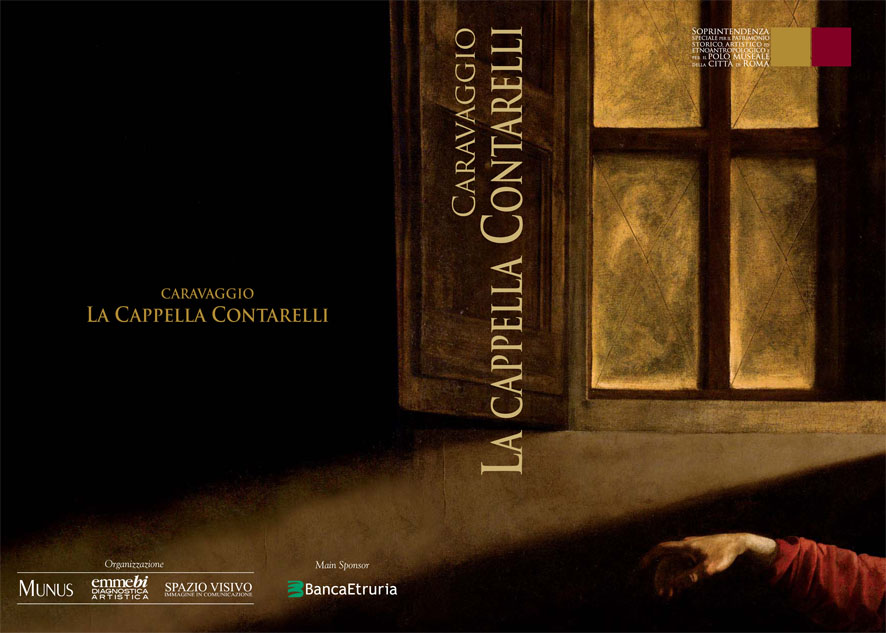
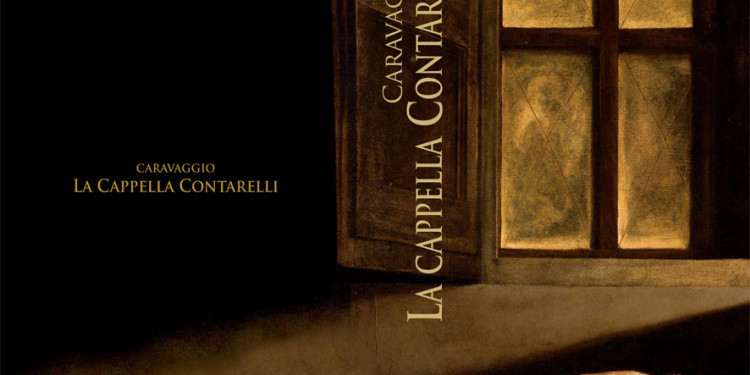


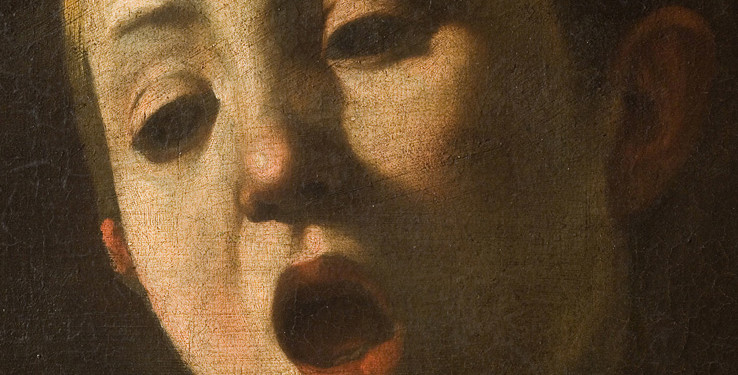
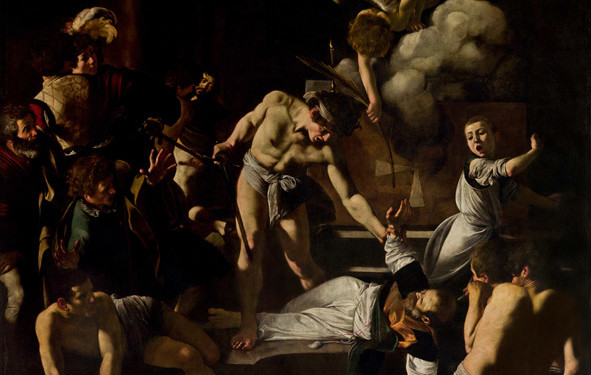
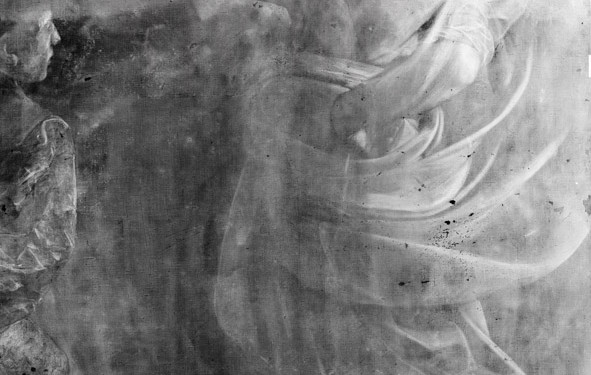
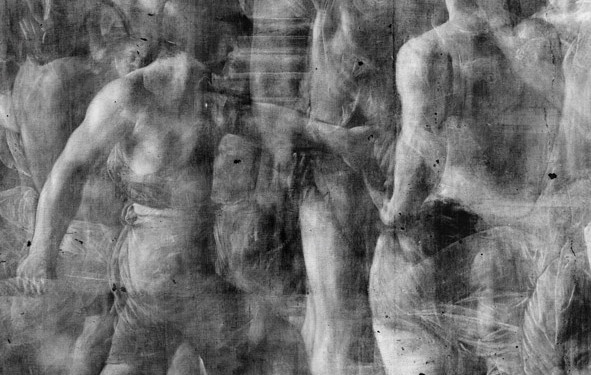
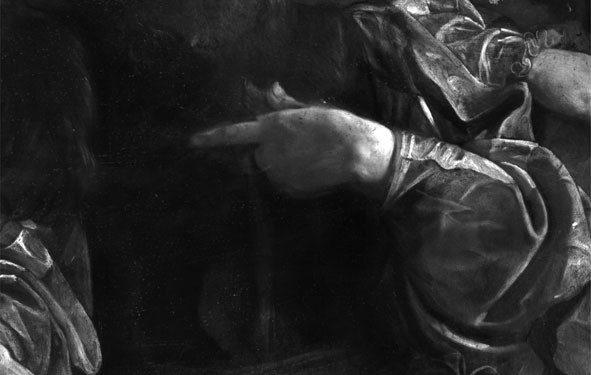
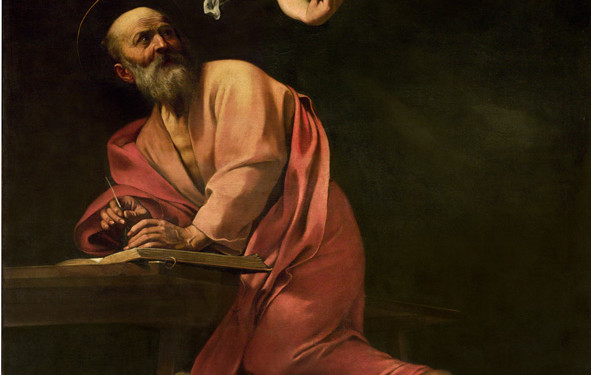
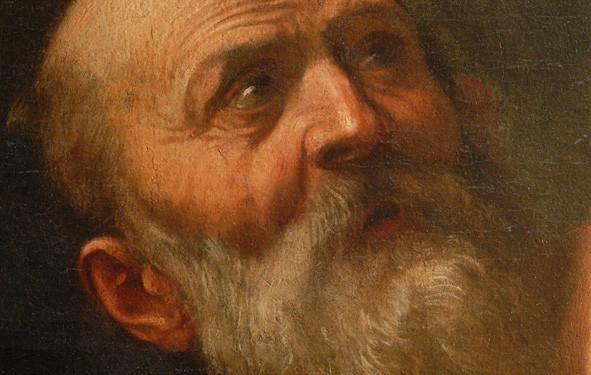
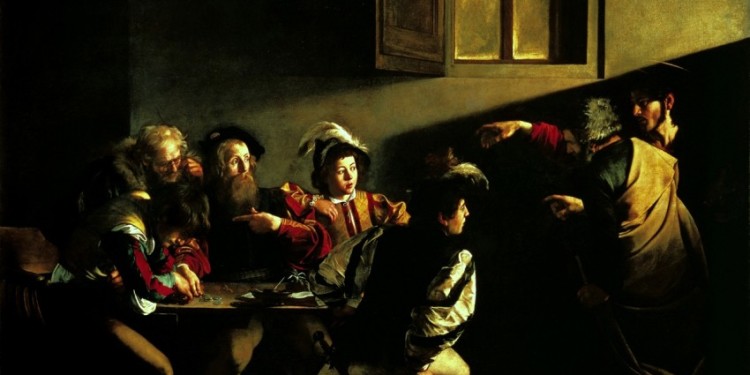
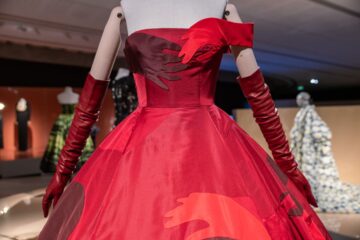
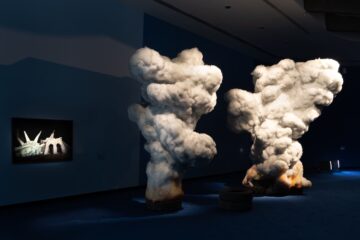



No Comment